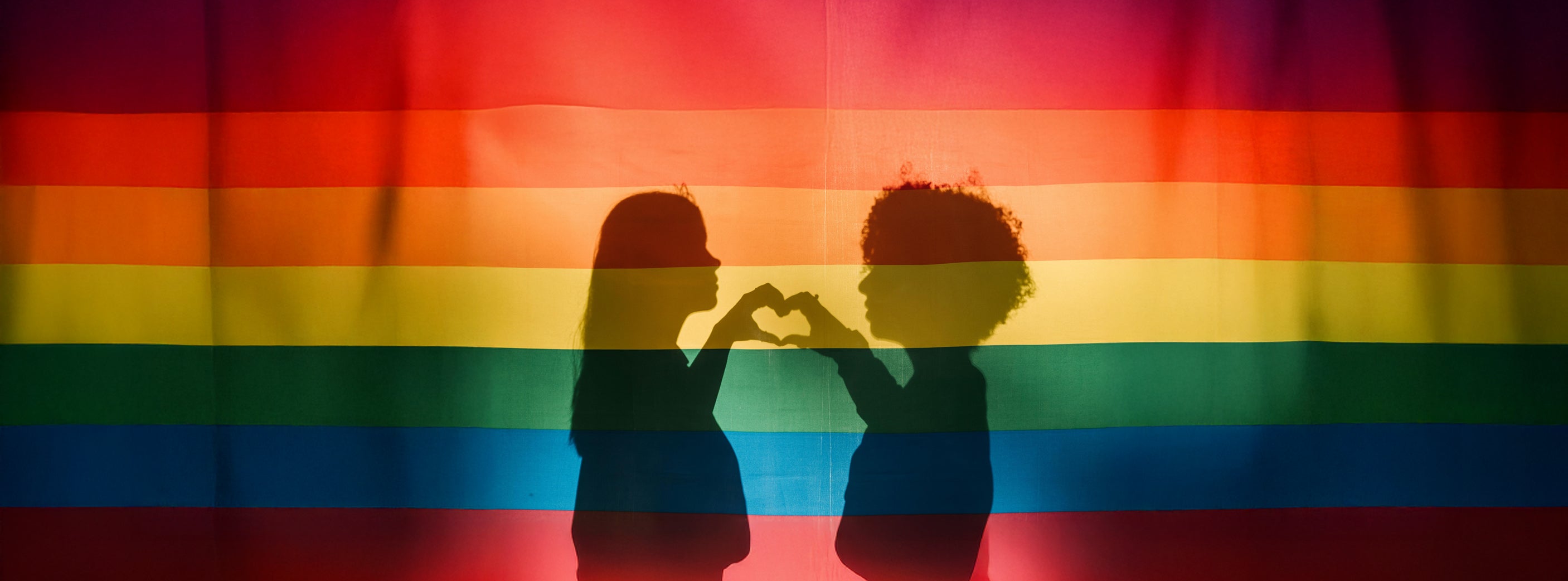
Table of contents
This is how you can support queer projects – beyond fashion
Pride Month is a time full of color, visibility and solidarity. But queer engagement doesn't end with the last shower of confetti in a parade or a statement shirt. Those who look beyond fashion and sustainably strengthen queer-feminist initiatives, community projects and organizations are truly supportive.
In this article we will show you concrete ways in which you can support queer projects – with heart, attitude and real impact.

1. Inform & educate
Solidarity begins with knowledge. Learn more about the history of queer movements, different identities within the LGBTQIA+ spectrum, and current struggles - from self-determination laws to transphobic narratives. Anyone who knows the background can classify things better, provide support and also be more courageous against discrimination in everyday life.
Tip: Follow queer activists and educational projects on social media. Listen to podcasts like “Queerkram”, “Lila Podcast” or “Say you as a woman”, read books by authors like Hengameh Yaghoobifarah, Jayrôme C. Robinet or Alok Vaid-Menon – and share this knowledge. Documentaries such as “Disclosure” or “Welcome to Chechnya” also offer impressive insights.
2. Donations – even small amounts help
Queer projects are often not sufficiently supported by state structures - or they are difficult to access due to bureaucracy. Smaller groups in particular that work intersectionally or advocate for particularly marginalized groups fall through the cracks of institutional funding. This makes the support of a community of solidarity all the more important.
Many queer projects are financed through donations. These can be youth centers, trans advice centers or creative community hubs. Smaller, non-institutionalized groups in particular rely on ongoing support. Government funding is rarely sufficient; many groups work on a voluntary or precarious basis.
Examples of donation goals:
-
LesMigraS (Berlin): for LBTIQ* people affected by racism
-
GLADT e.V.: Self-organization of BIPoC & migrants in the queer scene
-
TransInterQueer e.V. (TrIQ): Contact point for trans*, inter* and non-binary people
-
Queer Refugees Germany: Support for queer refugees
-
Queer Base (Vienna): legal advice & community work
Even €5 a month makes a difference – especially when many people give together. Donations can also be given as a gift - e.g. B. for birthdays or weddings.
3. Create visibility – share platforms
It is important: visibility should not degenerate into marketing or self-promotion at the expense of the community. The term “pinkwashing,” for example, describes when companies use queer symbolism without actually supporting queer people or projects – or, in the worst case, even pursue the opposite policy. Make sure that visibility is always linked to substance.
Do you have a network? Use it! Share posts from queer initiatives, promote events, recommend queer artists or shops. Visibility is a valuable asset that you can actively pass on. Pride Month is a good place to start – but queer issues need attention all year round.
Even more powerful: Consciously give queer voices space – in conversations, on stages, in editorial offices or panels. Especially where things otherwise remain heteronormative. Also question your own platforms: Who is heard there? Who are you quoting?

Photo: Leeloo The First / pexels
4. Volunteer
Many organizations are happy to receive support – be it at events, in public relations, in advice or in the organizational team. If you have the time and skills, ask queer centers or pride associations in your city.
Digital volunteer positions are also becoming more and more in demand: text work, graphic design, social media or website maintenance are great ways to use your skills. Maybe you know someone who needs support with administrative procedures or application letters? Solidarity in action can be very close.
5. Support queer businesses & art
Not all support has to be donation-based – consumption can also be political. Buy books by queer authors, support queer cafés, labels or creative projects. Many queer self-employed people not only create economic independence, but also safe spaces for others.
Examples:
• Queer bookstores like “Prinz Eisenherz” in Berlin
• Queer art markets & pop-up shops in your city
• Online platforms like Etsy with LGBTQIA+ labels
paigh tip: There are many great queer brands that produce fairly - from t-shirts with empowerment prints to handmade jewelry. Support consciously.
6. Use language consciously
Our language can also empower – or exclude. In everyday life, pay attention to inclusive wording, use pronouns correctly and don't ask people about their queerness without asking. It's not about perfection, but about respect and willingness to learn.
Small step, big impact: Get used to gender-inclusive language, for example using the colon (“friends”) or alternative formulations such as “all people in the team” instead of “colleagues”. Actively ask for pronouns or share your own – e.g. B. in emails or social media bios.
7. Empower queer youth
Young people who move outside the heteronormative norm often experience isolation or rejection - at school, at home or among friends. Studies show: Queer young people have an increased risk of psychological stress - and at the same time the need for role models, recognition and protective spaces.
An often underestimated area is digital support offers - especially in rural regions or for young people who have not (yet) come out. Platforms like comingout.de, “queerbuddy” or JugendNotmail offer anonymous and low-threshold help.
If you are queer yourself: tell your story. Visibility creates courage. If you're Ally: Be supportive, ask questions, listen - and speak up when anti-queer statements are made. Teachers, social workers and parents can also make a big difference if they consciously support queer young people.
Tip: Support or get involved with queer youth organizations such as Lambda e.V. or the SCHLAU project in NRW, which does anti-discrimination work in schools.
Together we are shaping a world in which queer diversity is not only tolerated, but actively celebrated and strengthened - today, tomorrow and every day of the year.




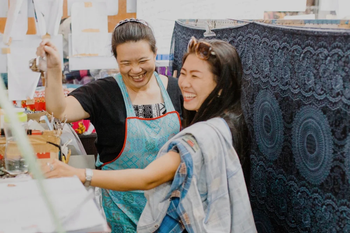




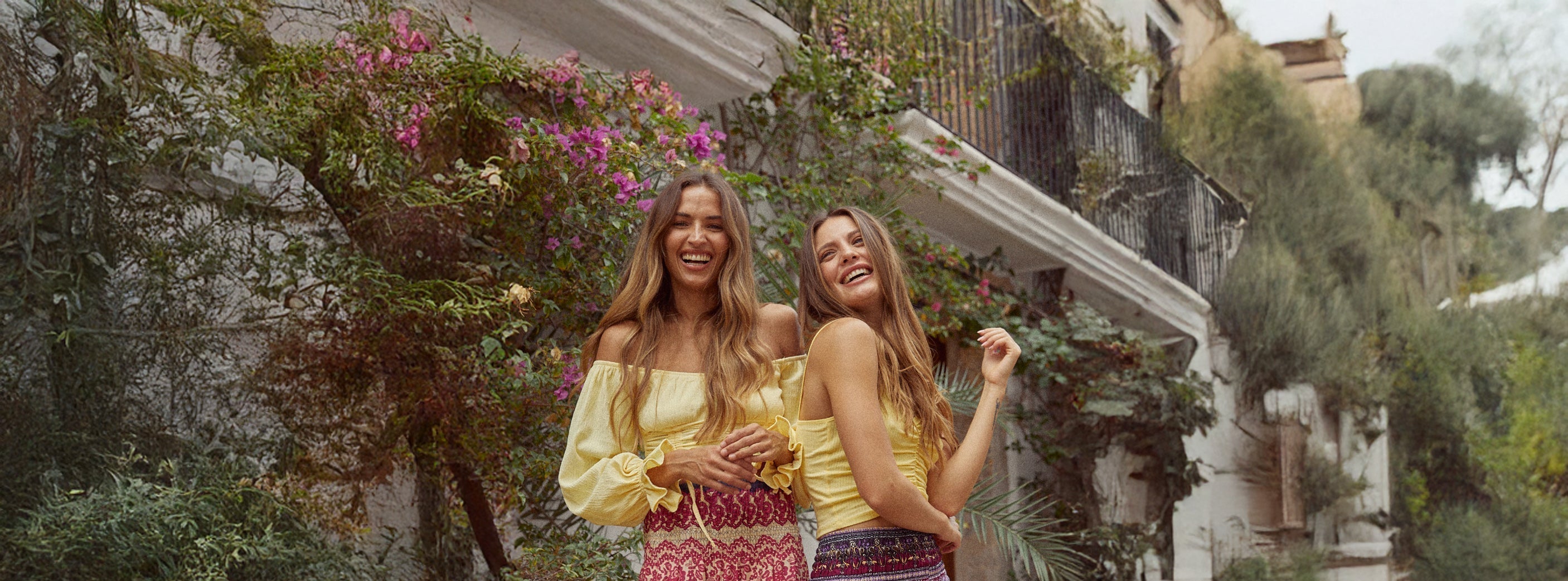
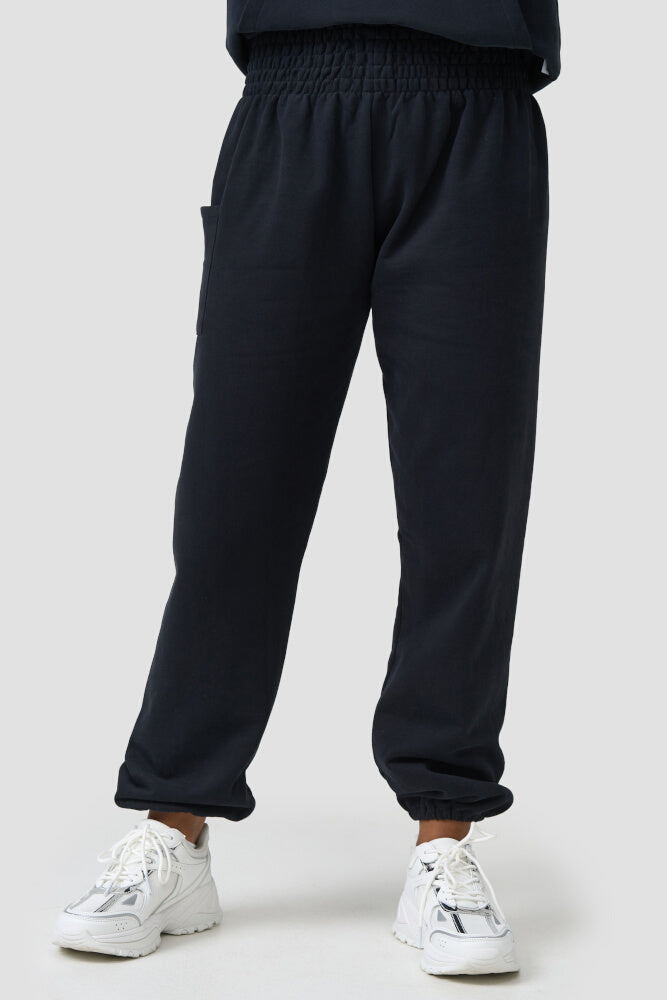

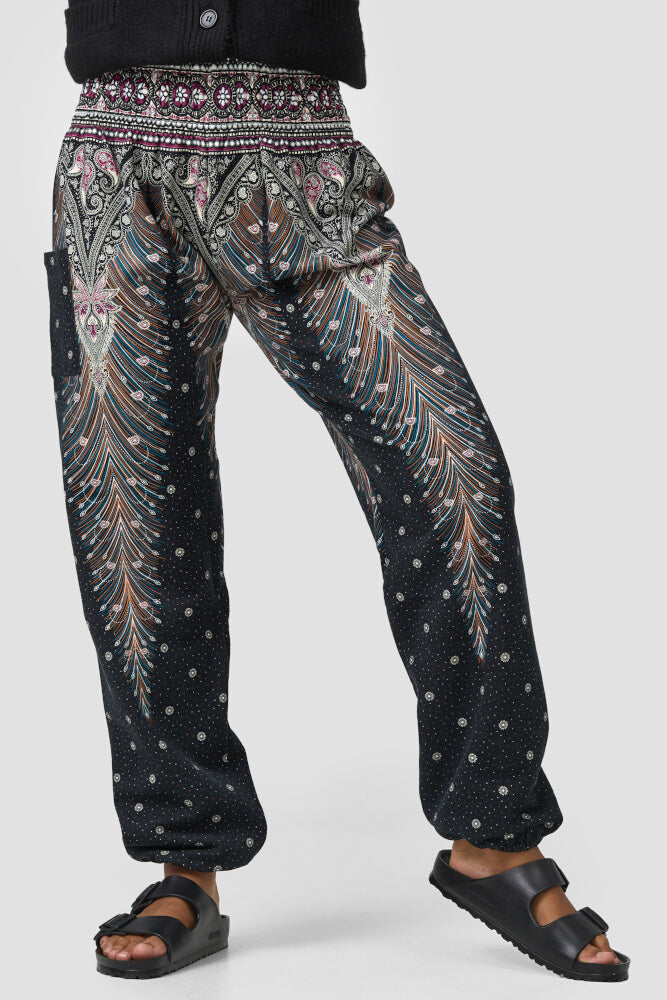



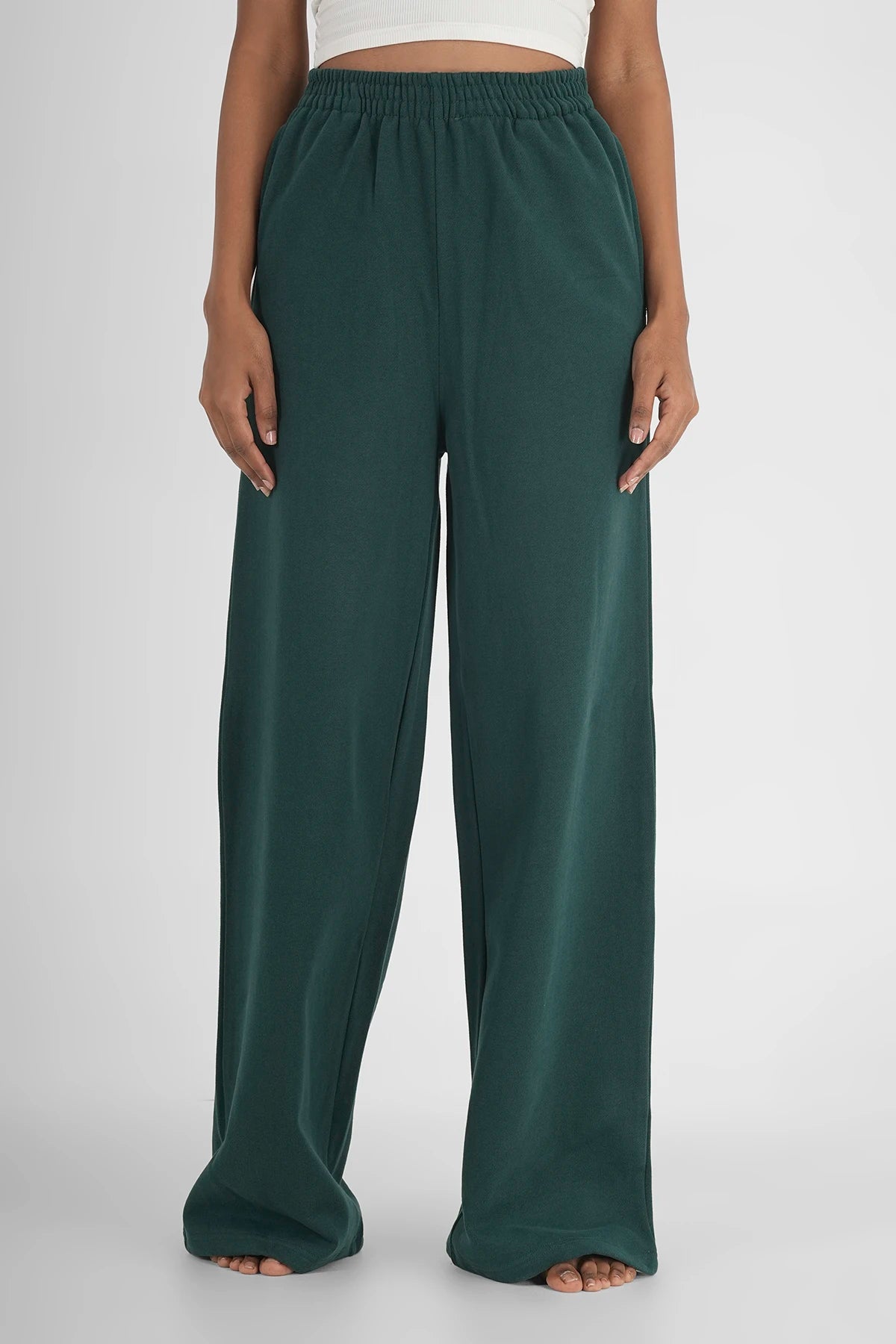

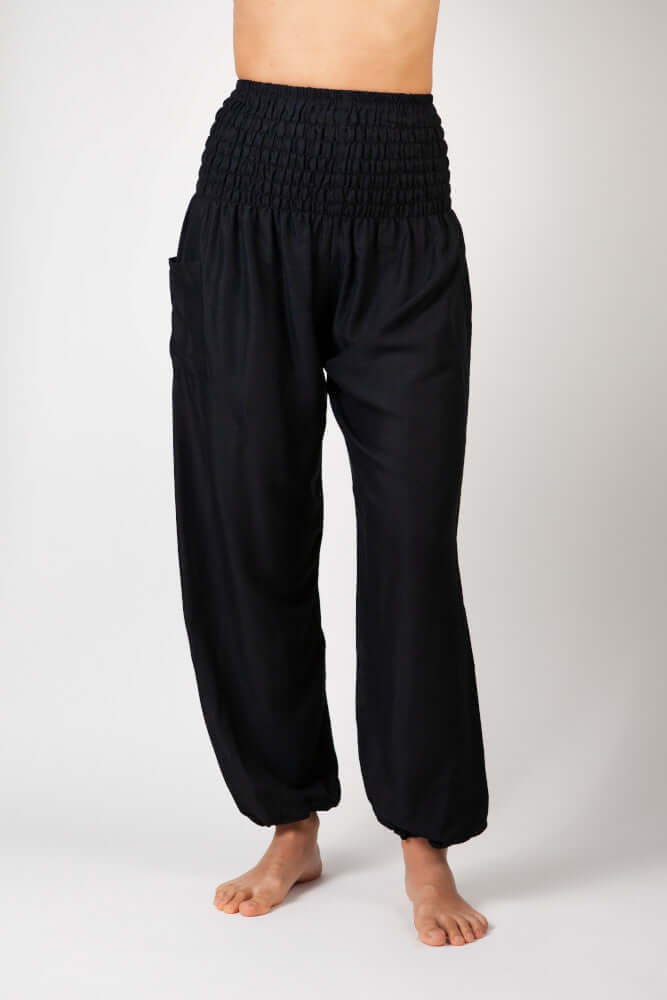

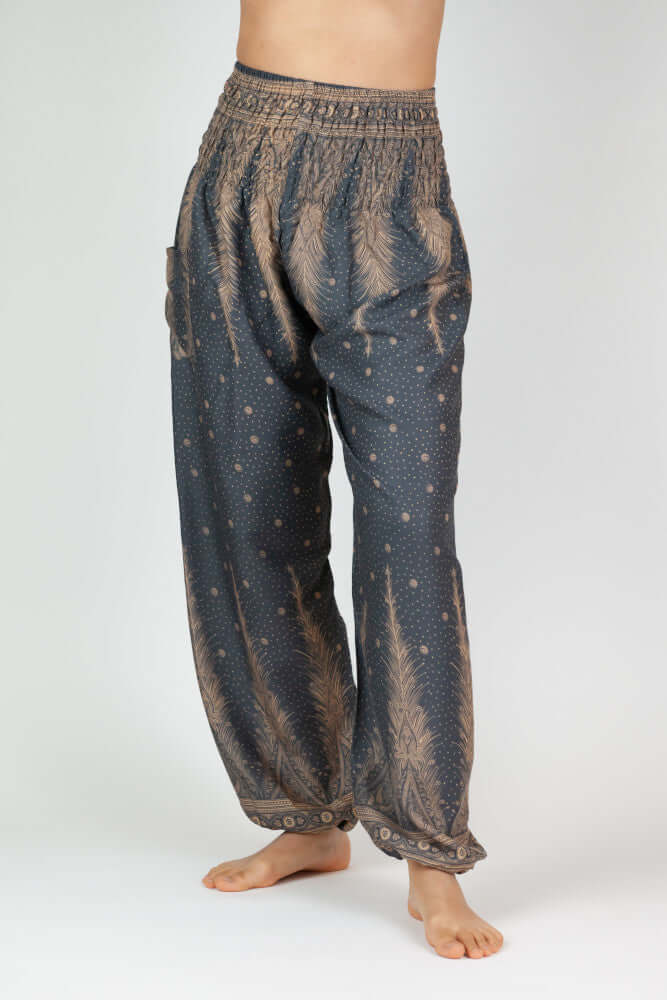

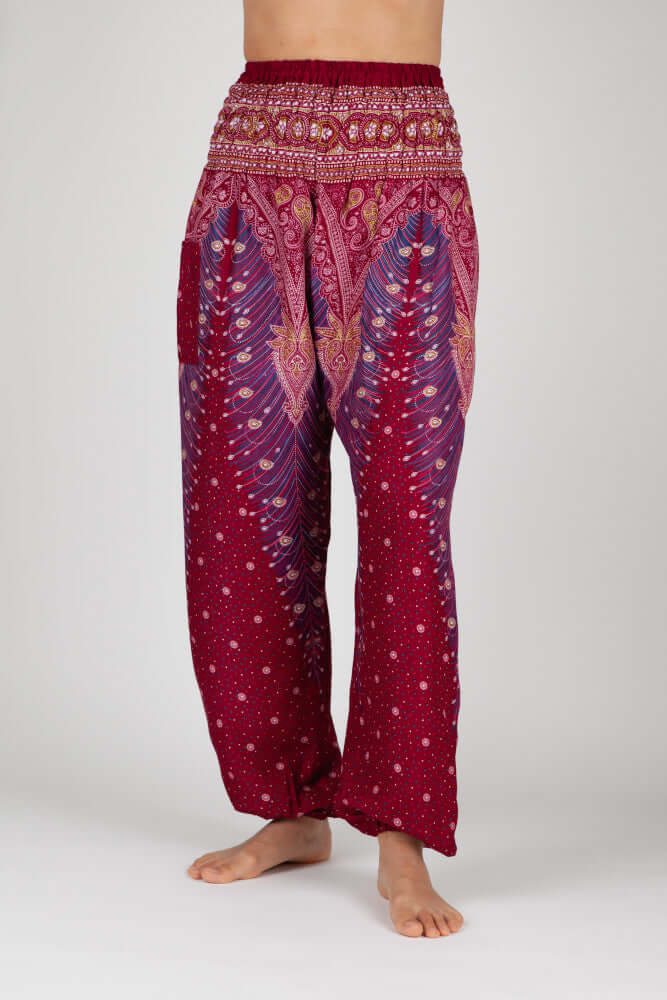



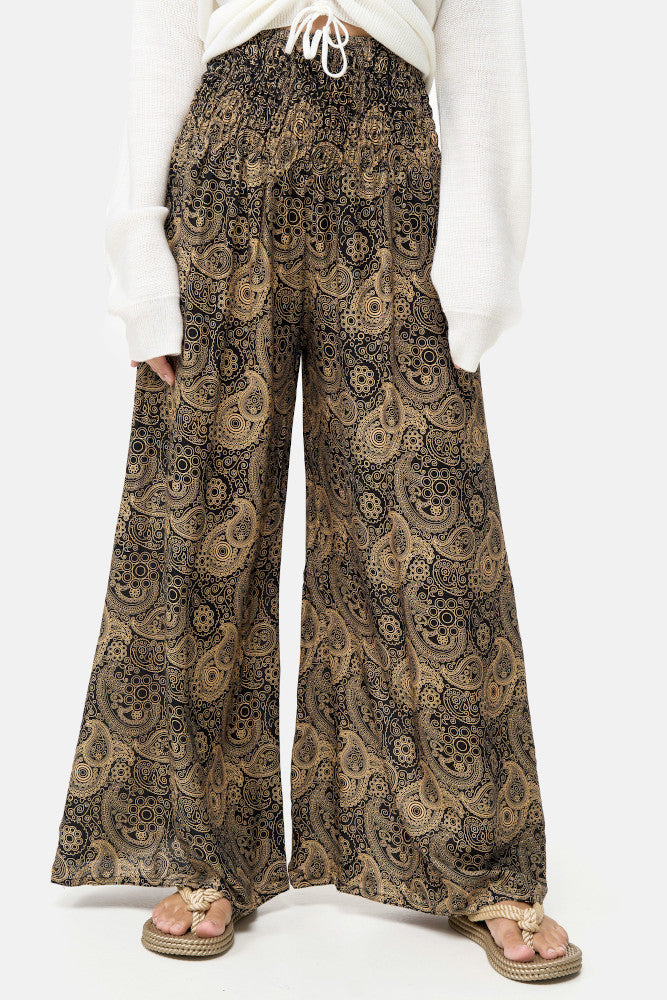

Leave a comment
This site is protected by hCaptcha and the hCaptcha Privacy Policy and Terms of Service apply.